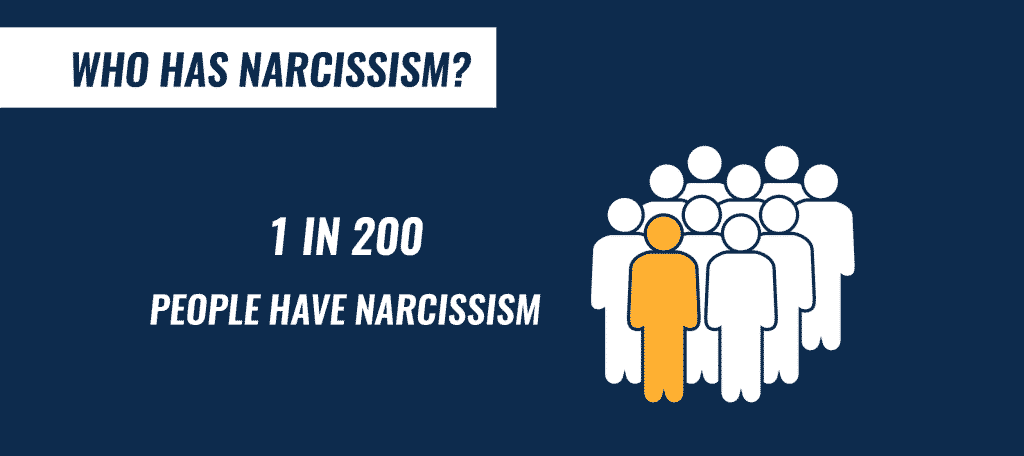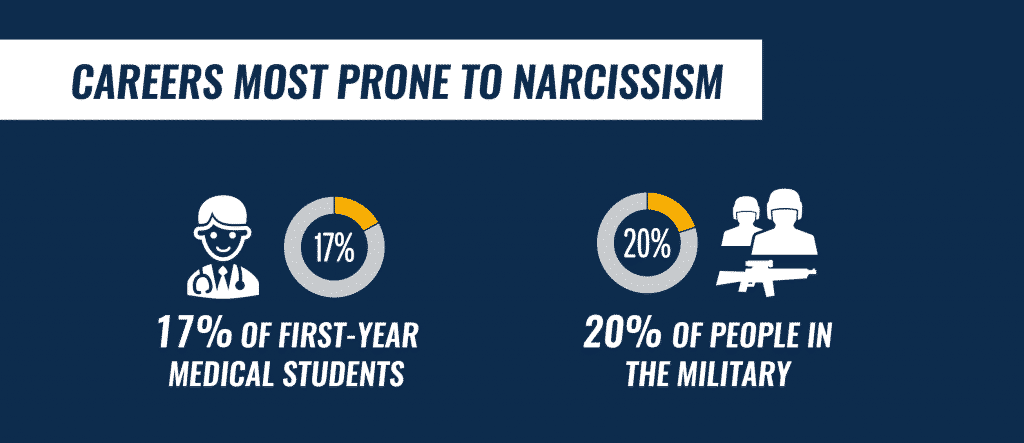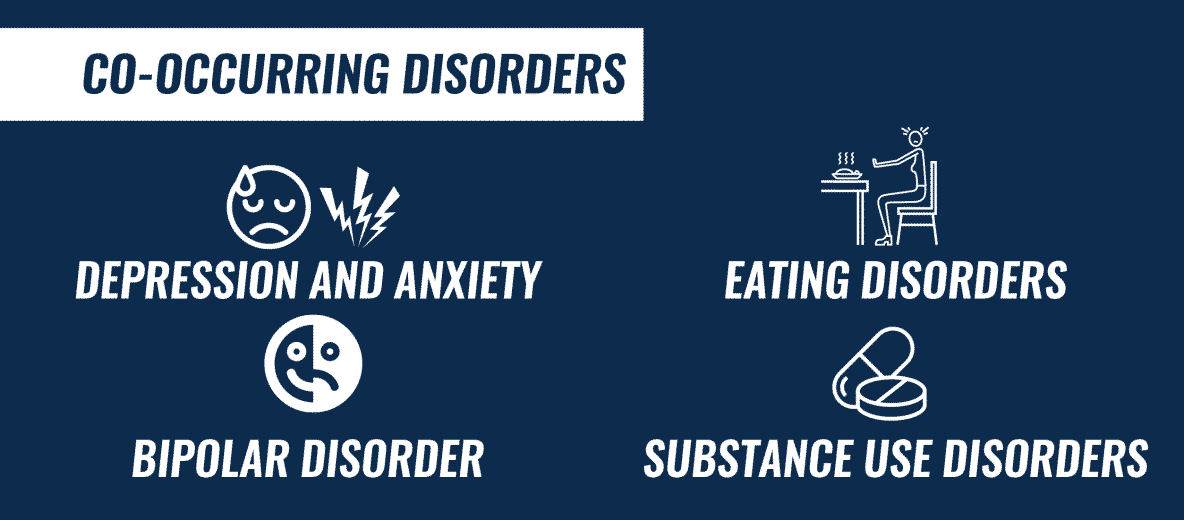Narcissistic personality disorder (NPD) may be more prevalent than you think. Familiarizing yourself with facts and statistics about NPD can reveal who is most at risk.
Many psychologists believe that narcissism is a spectrum, and narcissistic traits are often a part of other disorders. In other cases, narcissism is so extreme that it interferes with normal healthy functions. This is known asnarcissistic personality disorderor NPD.
Narcissistic personality disorder exhibits some interesting trends in the population, which can be seen through facts and statistics about narcissistic personality disorder. This information can help people learn the difference between the disorder and regular narcissistic traits, discern if someone they know has NPD, and learn how to manage symptoms of the condition.
Prevalence of Narcissistic Personality Disorder
All people have narcissistic traits to some degree. In healthy individuals, a normal amount of narcissism helps them take pride in their accomplishments and find joy in their personal life. Even a high degree of narcissism is sometimes a common occurrence for certain individuals and age groups. Most teenagers display narcissistic qualities as a normal and healthy part of their development and personal growth. So, the answer to the question “how many people are narcissists?” is relatively ambiguous in nature, and instead, we need to look at rates of narcissistic personality disorder.
Narcissistic personality disorder, on the other hand, is much less common. Approximately0.5%of the United States population, or one 1 in 200 people, has the disorder. There are significant gender differences when it comes to the prevalence of the disorder; about75%of people with narcissistic personality disorder are men.
Treatment Can Be Life Changing. Reach out today.
Whether you are struggling with addiction, mental health or both, our expert team is here to guide you every step of the way. Don’t wait— reach out today to take the first step toward taking control of your life.

The prevalence of narcissistic personality disorder is higher incertain demographics, including:
- 2–6% of those seeking help from mental health clinics
- 6% of forensic analysts
- 20% of people in the military
- 17% of first-year medical students
Usually, narcissistic personality disorder first appears in early adulthood. It is not more common in any ethnicities than others.

Diagnosing Narcissistic Personality Disorder
As the name implies, mental health professionals characterize narcissistic personality disorder as a type ofpersonality disorder. The characteristics of people with narcissistic personality disorder are fairly diverse. However, there is a core set of features common to most people with this condition. The American Psychological Association has a set of guidelines on how to diagnose narcissistic personality disorder that psychologists refer to when they interview a patient. These symptoms are listed in their official bookDiagnosis and Statistics of Mental Disorders(DSM 5):
- A pervasive pattern of grandiosity (making themselves appear impressive)
- Need for admiration
- Fantasies about power, success, beauty or an idealized vision of love
- Sense of entitlement
- Belief of being special, unique or high-status
- Lack of empathy for others
- Tendency to exploit others
- Arrogant behavior
People with narcissistic personality disorder spend a significant amount of time comparing themselves to others. They often have fantasies about being exceptionally successful in their careers. Some individuals with this condition consider themselves to be superior to others, while others are overly critical of their own flaws. People with NPD may be highly resistant to criticism or highly sensitive to perceived slights.
Rates of Narcissism and Co-Occurring Conditions
Like other types of personality disorders, pathological narcissism frequently occurs along with other mental health conditions including depression, anxiety, eating disorders, bipolar disorder and substance use disorder.

- Depression and Anxiety.Subtypes of patients who are vulnerable to criticism from themselves or others have a higher risk of having symptoms ofdepressionoranxiety. About15%of people with narcissistic personality disorder also have depression, 13.5% have anxiety and around17%have anothermood disorder.
- Bipolar Disorder.Bipolar disorderis also fairly common among people with narcissistic personality disorder. About 17% of people with pathological narcissism also have either bipolar I or bipolar II.
- Eating Disorders.In some cases, people with narcissistic personality disorder obsess over their appearance. These individuals have a higher risk of developing aneating disorderbecause of their obsession with staying thin and meeting idealized beauty standards.
- Other Personality Disorders.Differentpersonality disorderscommonlyco-occurwith narcissistic personality disorder. People with the condition, especially those who have a grandiose persona, may also haveparanoid personality disorderandantisocial personality disorder. Histrionic,borderlineandschizotypal personality disordersalso sometimes co-occur with NPD.
- Substance Use Disorders.People with narcissistic personality disorder frequently have asubstance use disorderas well. They may use drugs or alcohol to self-medicate andcopewith the frustration and anxiety that comes with the condition. About14%of people with narcissistic personality disorder also have analcohol use disorder, while24%misuse other types of drugs.
Statistics on Narcissistic Personality Disorder Treatment
Treating narcissistic personality disordercan be challenging because people with the condition often don’t think that they have a problem. Prognosis is often poor as a result, and there currently is not a standard protocol for treatment. However, treatment usually consists of counseling or psychotherapy. Little research has been done on narcissistic personality disorder treatment, so its treatment success rate is not known yet.
If you believe that you or someone you love hasnarcissistic personality disorder along with asubstanceuse disorder,contact us at The Recovery Villageto discuss ways that we can help.
Related Topic:Personality disorder statistics








